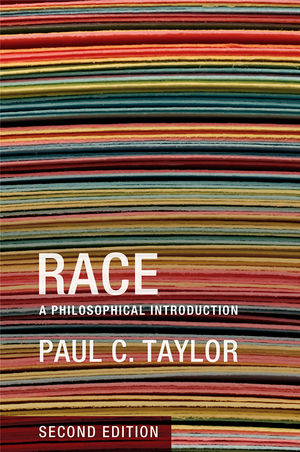Confounding Identity: Exploring the Life and Discourse of Lucy E. ParsonsPosted in Biography, History, Media Archive, Papers/Presentations, United States, Women on 2013-03-25 19:20Z by Steven |
Confounding Identity: Exploring the Life and Discourse of Lucy E. Parsons
Berks Conference for Women Historians
2011
29 pages
Michelle Diane Wright, Assistant Professor of History
Community College of Baltimore County
Despite the vast research conducted on radical activist history of late nineteenth century Chicago, there is very little that examines political and social ideologies that diverged from the westernized male archetype of the era. Furthermore, the contrived disciplinary divide that separates scholarly study into artificial and static compartments such as labor history, anarchist history, women’s studies or others, oversimplifies the contributions of individuals that straddle all categories of endeavor. Lucy Parsons, a woman of color, was born in Waco, Texas in 1853 but moved to Chicago in 1873 and became a pivotal figure in the labor and anarchist movements well into the early twentieth century causing the Chicago Police Department to label her “more dangerous than a thousand rioters.” Frequently overshadowed by the eminence of her husband Albert Parsons—labeled by many a Haymarket martyr—Lucy Parsons was a significant agitator in her own right and navigated a path for herself far outside the realm of the predominant thinking of other revolutionaries at that time. This paper examines the life and discourse of Lucy Parsons in an effort to contend with seemingly contradictory disciplines and perspectives in order to synthesize a holistic approach to a woman who confounds the strict identities that many have forced on her. Lucy Parsons’ impact upon concepts of injustice, governmental repression and labor inequalities come from a paradigm often marginalized and misinterpreted not only because it wasn’t derived from a source that was European or male, but also because her views came from a mind unconcerned with convention in relation to accepted societal standards. I am conducting research on the contributions of Lucy Parsons in order to write an accurate, comprehensive biography that also dissects marginalized perspectives of widely accepted historical accounts. In turn, I endeavor to provide a fuller and more holistic consideration of a historic period many assume is already understood.
Black By Default?
Lucy Parsons was born in Waco, Texas, in 1853 but moved to Chicago in 1873 where she lived until her death in 1942. She was a pivotal figure in several radical movements well into the early twentieth century causing the Chicago Police Department to label her “more dangerous than a thousand rioters.” Scholars, including biographer Carolyn Ashbaugh, have categorized Parsons solely African American although she never embraced the designation herself. Lucy Parsons publicly claimed to possess Mexican and Native American extraction. As was often the case of nineteenth century social mores, ill-informed Whites with social agendas centered on White supremacy designed racial categories employing superficial visual characteristics such as skin color, facial features and hair texture. In order to maintain White preeminence racial descriptions were dichotomous labels of White or Black, generally resulting in individuals possessing one drop of any non-European blood being deemed Black by default.
Further confounding public perception, Lucy Parsons was essentially, but not legally, married to a White man. Her husband, moreover, was one of the four men hanged following the Haymarket Massacre that occurred in Chicago in 1886, a fact that often overshadows the significant contributions of Lucy Parsons. Contrived labels such as of miscegenation or amalgamation clouded the legacy of Lucy Parsons as mainstream newspapers and other contemporaries publicly relegated her solely to the category of Black for no other reason than to discredit her efforts as well as those of her husband.
This essay analyzes the life and rhetoric of radical leftist agitator Lucy Parsons with the intention of providing a healthier understanding of the complicated world of racial identity politics during the late nineteenth and early twentieth centuries. While wider society—and even her death certificate—labeled her “Negro,” she was conversely accustomed to the concoction of nineteenth century Texas’ more complicated caste system that took into account all possible ethnic equations. Coming from a birthplace where she might have considered herself anything from Mestizo to Mulatto or any other of the dozens of categories utilized at the time, she was not culturally prepared for wider society’s monoracial designation of Black, and therefore scoffed at its validity.
In hindsight, onlookers often accuse Lucy Parsons of negating her African heritage for a seemingly more desirable ethnic identity. There is a sense, especially within the modern African American community, that a person of color self-labeling anything other than exclusively Black is virtually treasonous and committing a form of identity denial and self-hate. Criticism of notable individuals such as Barack Obama, Tiger Woods and others exemplify this sentiment of betrayal. In actuality, Lucy Parsons seemed to be holistically embracing her complete ethnic heritage, not merely a fraction of it. Therefore, the question must ultimately be posed as to how the legacy of those early externally defined racial and ethnic designations can provide a better consideration of multiracial designations in contemporary times…
Read the entire paper here.





